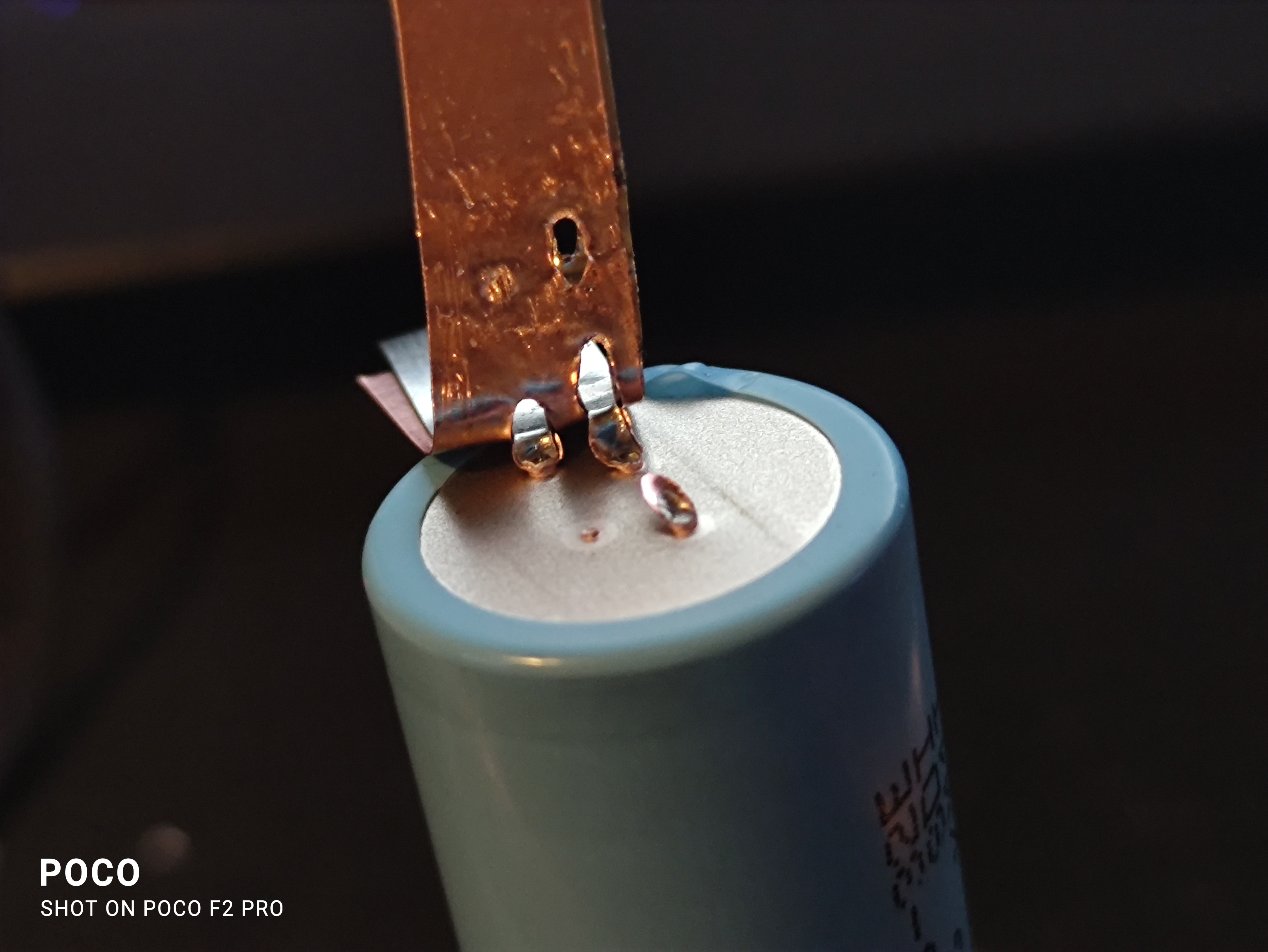Ianhill
1 MW
- Joined
- Sep 25, 2015
- Messages
- 2,871
Ive been thinking how to get the max chooch and repeatability for cheap as possible i imagine this has been asked but its a massive thread.
Some rc chargers got a maintenance cycle on them i know the ichargers do and the end voltage is adjustable so could it balance a capacitor bank the 300w/10amp per cell would give a fast enough turn around for every few second pulses and the chargers screen a visual indication of when caps ready to pulse the kweld.
Theres even a discharge function so if i dont forget once finished i can bleed the caps down before handling for storage.
Does this work for getting full power am i missing something ?
Some rc chargers got a maintenance cycle on them i know the ichargers do and the end voltage is adjustable so could it balance a capacitor bank the 300w/10amp per cell would give a fast enough turn around for every few second pulses and the chargers screen a visual indication of when caps ready to pulse the kweld.
Theres even a discharge function so if i dont forget once finished i can bleed the caps down before handling for storage.
Does this work for getting full power am i missing something ?





